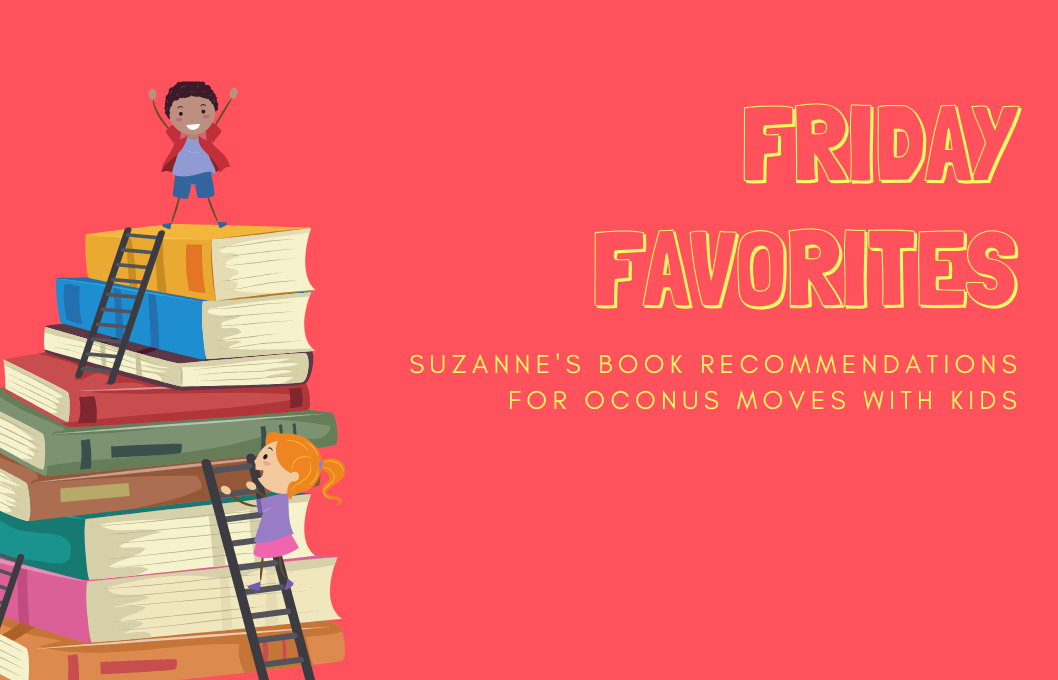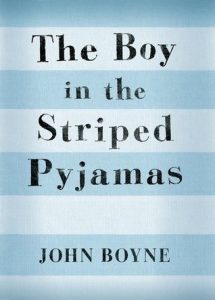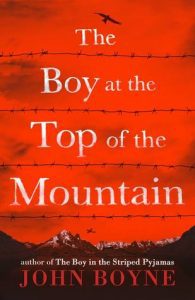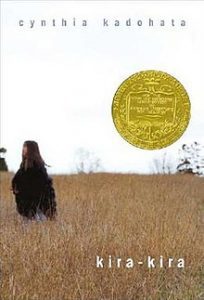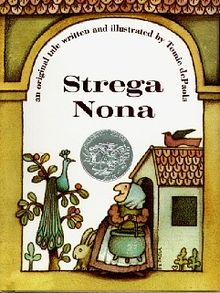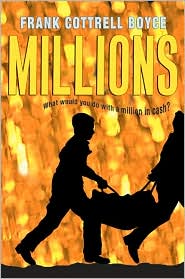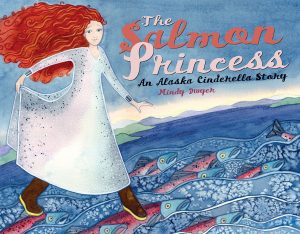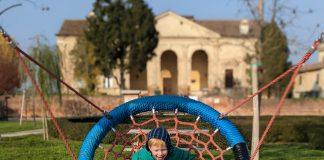Welcome to our newest series. In “Friday Favorites,” our team will share a handful of favorite items. These can range from clothes to beauty products to recipes to books and anything in between.
One of the most cherished gifts passed on to me by my parents is a love of reading. Escaping into a different world, temporarily existing in a place that doesn’t actually exist, or learning something new never gets old for me. I was one of those kids who raced through my work in school so I could get the chance to go to the library.
With every relocation, finding the closest library was always a top priority for me. To this day, the idea that there are places where I can find, borrow, and read a book for free sends a thrill up my spine. Simply being in a room full of books brings me joy.
In addition to regular library visits, books were frequent Christmas presents from my parents. One year, I received the book Sergeant Finney’s Family by Carol Farley. Although my dad had already returned from Vietnam, the story of a family adjusting to a new town, new schools, and a year of uncertainty while waiting for dad to return from a war zone was comfortingly familiar. Like most kids, I loved reading about kids like me.
News of an overseas assignment is simultaneously exciting and terrifying. Trying to imagine what it will be like to adapt to a different culture can be hard to do, particularly for children who don’t have a lot of life experience from which to pull.
If you are getting ready to be assigned OCONUS with kids and are looking for a way to get them interested and excited about it, here are some books that are culturally relevant to some of the most common overseas assignments:
Germany
If there’s a better way to get young children interested in a story than by telling them it’s about poop, I don’t know what it might be. Poop is funny in every culture. This delightful story gets right down to “business” when a near-sighted mole emerges from his hole and promptly gets pooped on by an unidentified animal. He goes around asking every animal he meets if they were the perpetrator and each in turn poops on command to show the mole that their poop looks nothing like the poop on his head. In the end, some flies help the mole solve the mystery, and he returns the favor in kind.
The Boy in the Striped Pyjamas and The Boy at the Top of the Mountain, by John Boyne
Despite their titles and being published nearly 10 years apart, these books are not related to each other except in subject matter. I recommend these stories with some trepidation as it seems an odd way to introduce a culture to a kid. But for older children, it does give some context for a conversation about why there is an American military presence in Germany. I like these stories because Boyne tells them from the unusual perspective of two young boys who are not directly subjected to the bigotry and torture wrought by the Nazi regime but become indirect victims of it in very different ways.
Boyne does a masterful job of realistically and humanely presenting a subject that is hard to talk about. In addition to being really good reads, these books afford a jumping off place for a discussion about a dark period in history as a well as provide context for a visit to one of Germany’s concentration camps.
Japan
Kira-Kira, by Cynthia Kadohata
I stumbled on this story of love, hope, loss, and cultural adjustment during a quest to read all Newbery Award winners. Kira-Kira means glittery or sparkling in Japanese and is a common description used by Lynn, older sister to Cynthia Kadohata’s protagonist, Katie Takeshima. Lynn and Katie are first generation Japanese-Americans who struggle to adjust to life in small town America largely on their own while their parents work long hours at a chicken processing plant.
As the story progresses, Katie finds herself the primary care-giver to her disabled little brother as well as her older sister Lynn, who ultimately loses a battle with cancer. The girls’ Uncle Katsuhisa provides plenty of comic relief along with cultural context to this story that ends happily with the family fulfilling a dream of Lynn’s on a vacation to California.
South Korea
A Single Shard, by Linda Sue Park
Linda Sue Park is an impeccable researcher, and her sublime treatment of this coming-of-age story of a 12th century Korean orphan is rich in detail and culture. Awarded the prestigious Newbery Medal in 2002, this middle-grade novel is a page-turner that I found tough to put down.
There are plenty of themes to go around: loyalty, resilience, and perseverance chief among them. The hero, Tree-Ear, divides his days between foraging for food and spying on a master potter, Min, who crafts the most beautiful pottery Tree-Ear has ever seen. Tree-Ear dares to dream of becoming a master potter like Min. The setting of the story, Ch’ulp’o, is a true-life village in South Korea that is renowned for its celadon pottery and each piece described in the story actually exists in a museum or private collection.
Italy
Italian for “Grandma Witch”, this story of “pasta run amuck” proved to be so popular that Strega Nona goes on to appear in nine more books by prolific children’s author Tomie dePaola.
The author uses his grandparent’s home region of Calabria, located in the ‘”toe” of southern Italy, as the setting of a sweet, fantastical story laced with simple Italian words and phrases. This tale serves up A LOT of pasta along with subtle nods to Italian culture in the form of gossipy conversations in town squares, buildings with signature red-tile roofs, and references to Italy’s strong Catholic heritage.
England
Millions, by Frank Cottrell Boyce
This sweet story is a hilariously poignant account of two boys who, along with their grieving father, are starting anew after the loss of their mother. Set in the town of Widnes, England, the story is narrated by seven-year-old Damien. In the midst of dealing with his mother’s death in an innocently endearing way, finds himself unexpectedly in possession of 230,000 pounds sterling that are destined—literally and figuratively—for the rubbish heap of history as Great Britain transitions to the euro.
Boyce does a brilliant job of weaving an unlikely but hysterical premise through a story of mourning and loss. Aside from being immensely entertaining, this story is replete with colloquial descriptions and plenty of British-isms that guarantee a culturally immersive reading experience.
Alaska
The Salmon Princess: An Alaska Cinderella Story, by Mindy Dwyer
I know that Alaska is part of the United States. But since the military treats it as an OCONUS move and the Last Frontier has plenty of unique culture to share, it gets a book too.
Familiar fairy tales are perfect platforms for cultural adaptation, and Mindy Dwyer delivers beautifully in her take on a Cinderella who loses a fishing boot instead of a glass slipper. Dwyer effortlessly weaves fantasy and cultural imagery throughout the tale such as salmon for stepping stones and waterfalls made by musical raindrops.
Despite interesting changes such as an evil step-mother that comes with sons instead of devious daughters and a silver-salmon festival in lieu of a royal ball, Dwyer’s thoroughly Alaskan take is easily recognizable as a Cinderella story. The story ends appropriately with Cinderella living happily ever after with the son of the Salmon King, who is, of course, the Prince of Salmon.


